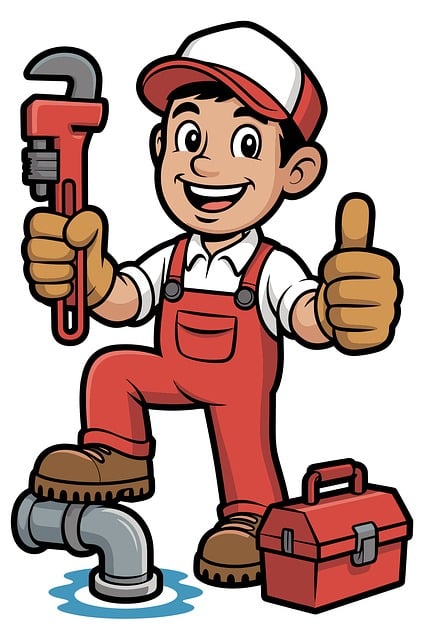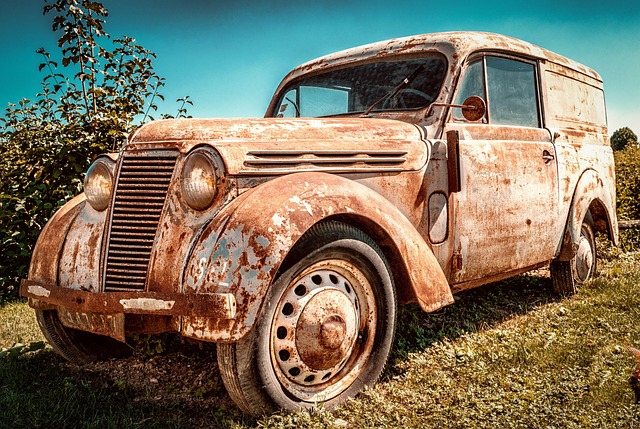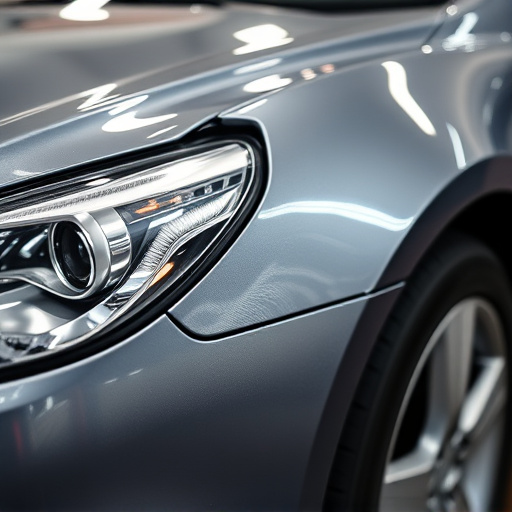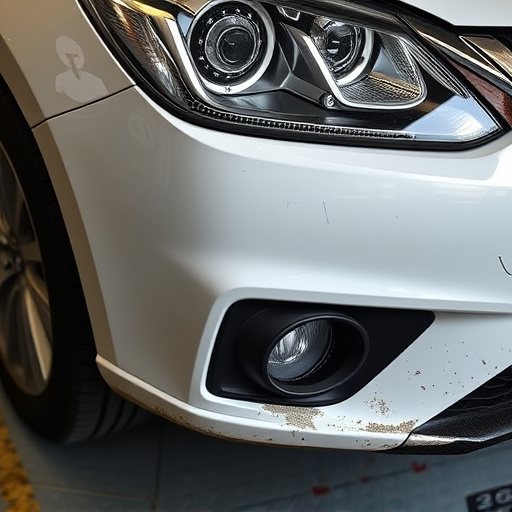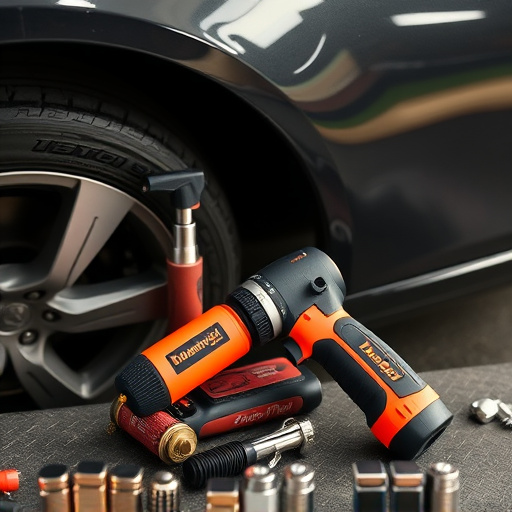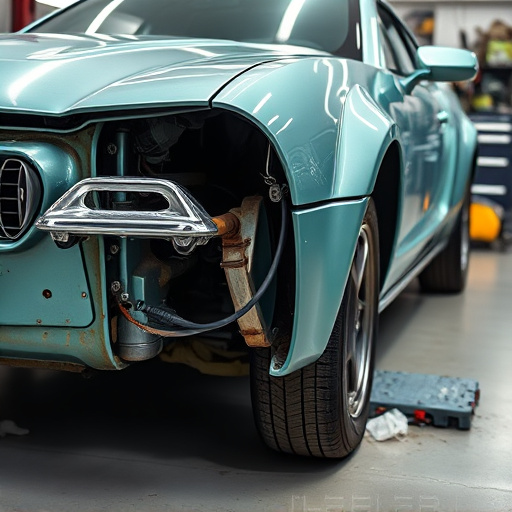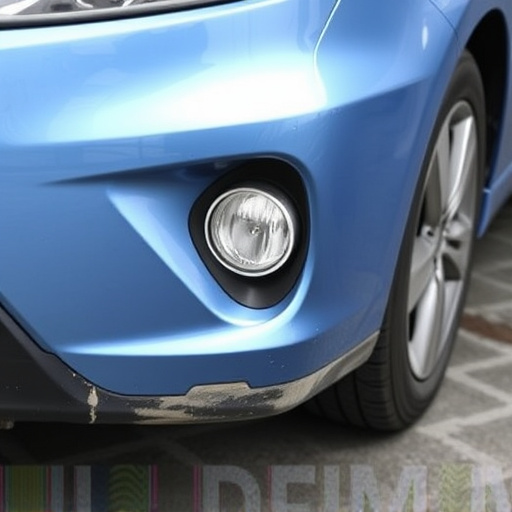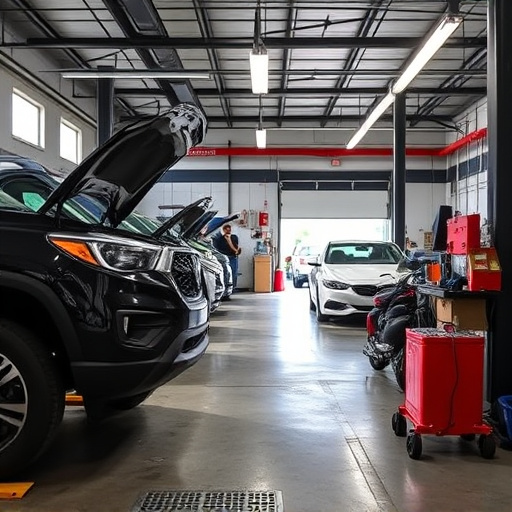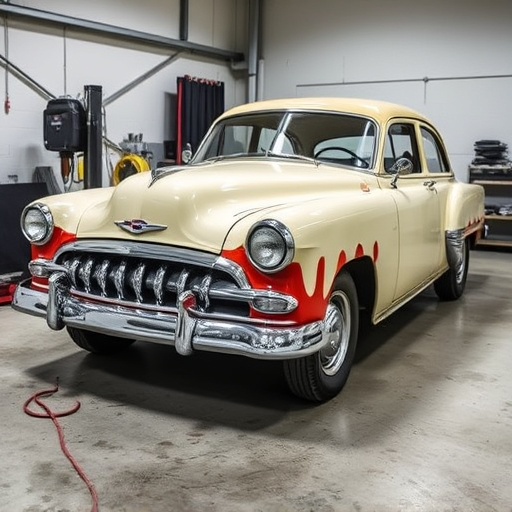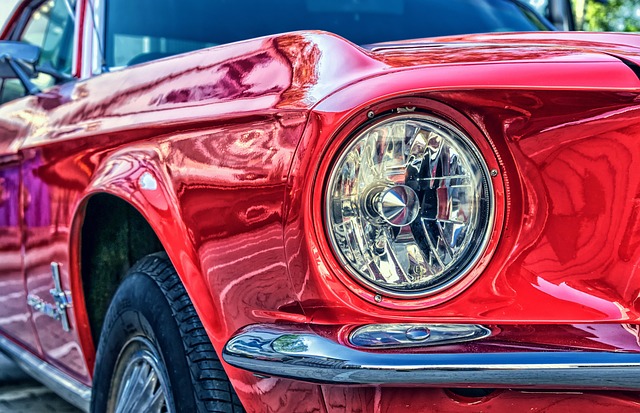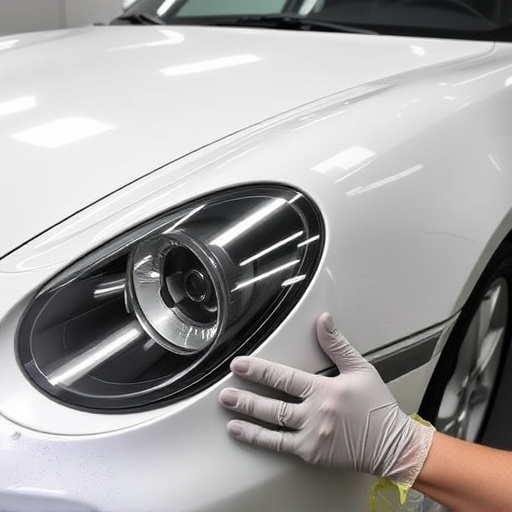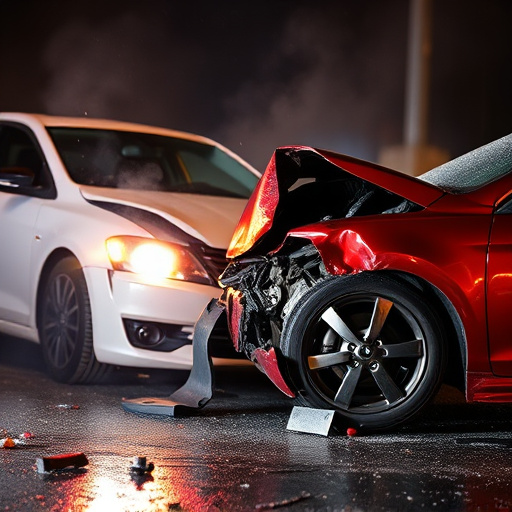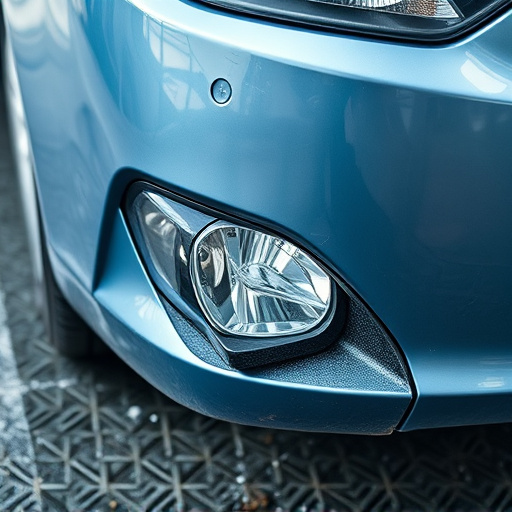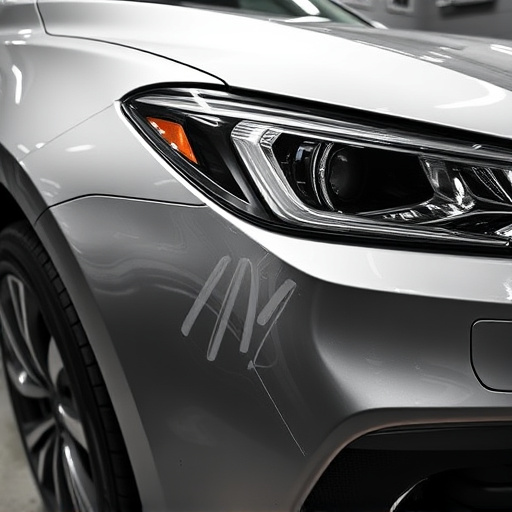Auto body frame damage assessment is a critical step in repair, where technicians use specialized tools like calipers, laser scanners, and CAD software to inspect for bends, twists, and deformation. This data guides repair strategies, determining straightening or component replacement, ensuring structural integrity, safety, and optimal performance after collision center work. Accurate assessment using advanced tools is key for complex repairs, including classic car restoration, offering tailored plans that reduce downtime and costs from fender benders.
In the intricate world of auto body frame repair, technicians play a pivotal role in assessing damage. This meticulous process is crucial for ensuring accurate repairs and restoring vehicles to their pre-incident condition. Understanding auto body frame damage assessment involves familiarizing oneself with advanced tools and techniques employed by seasoned professionals. By prioritizing accuracy, repair strategies can be tailored effectively, guaranteeing not just structural integrity but also aesthetic precision in auto body frame repair.
- Understanding Auto Body Frame Damage Assessment
- Tools and Techniques Used by Technicians
- Ensuring Accuracy for Effective Repair Strategies
Understanding Auto Body Frame Damage Assessment
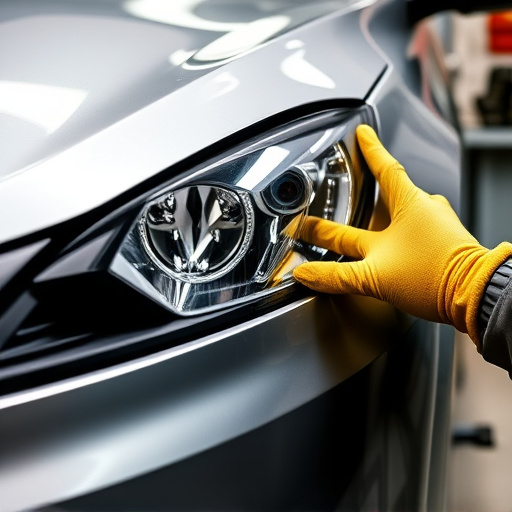
Auto Body Frame Damage Assessment is a critical step in the auto body frame repair process. Technicians must meticulously inspect the vehicle’s structure to identify and understand the extent of any damage. This involves visually examining the frame for bends, twists, or deformation, often using specialized tools like aligners and measuring devices to pinpoint precise locations and angles of impact. The goal is not just to see what’s broken but also to analyze how it happened, which can influence the repair strategy.
By assessing the damage, technicians determine whether the vehicle requires straightening (also known as unbodying) or if certain components need replacement. This initial evaluation guides the entire restoration process, ensuring that every piece of the vehicle body repair puzzle is addressed effectively. It’s not just about fixing dents (though that’s a significant part), but restoring the structural integrity of the vehicle to ensure safety and optimal performance after the collision center completes its work.
Tools and Techniques Used by Technicians
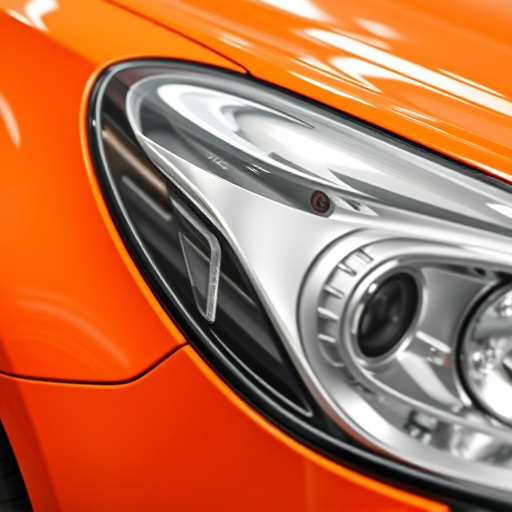
Technicians employed in auto body frame repair utilize a diverse array of tools and techniques to assess damage accurately. This initial evaluation is pivotal in determining the scope of repairs needed, ensuring each vehicle returns to its pre-collision state. They commence with manual inspections, carefully examining the frame for visible deformities, misalignments, or discrepancies in structural integrity. Specially designed measurement tools, such as calipers and laser scanners, are then employed to capture precise dimensions and identify subtle shifts in the vehicle’s body panels.
Advanced technologies like computer-aided design (CAD) software also play a significant role. These digital tools enable technicians to create detailed 3D models of the damaged area, facilitating a comprehensive analysis. Additionally, non-destructive testing methods, such as ultrasound and infrared imaging, are employed to detect hidden damage or structural weaknesses without causing further harm to the vehicle. This multi-faceted approach ensures that every aspect of auto body frame repair is executed with precision, ultimately contributing to the restoration of the vehicle’s safety and aesthetic appeal in a reputable vehicle body shop.
Ensuring Accuracy for Effective Repair Strategies
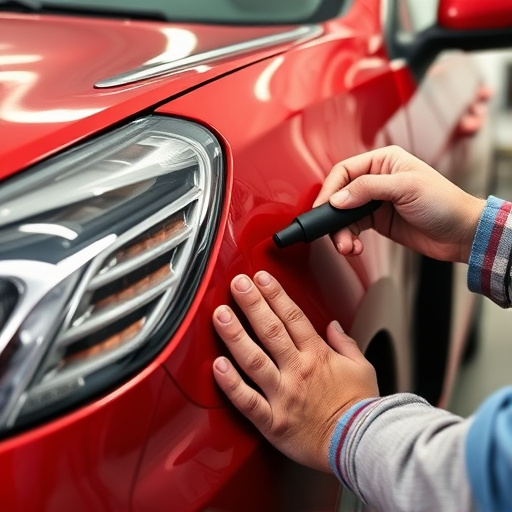
Accurate assessment is paramount in auto body frame repair to ensure effective and efficient strategies are employed. Technicians utilize a multifaceted approach to evaluate damage, which extends beyond visual inspection. Advanced tools like laser scanners and 3D measuring systems play a crucial role in capturing precise data of the vehicle’s structure. These technologies enable technicians to detect even minute discrepancies, allowing for accurate identification of bent or misaligned components.
By combining these technological advancements with their extensive expertise, technicians can differentiate between superficial dents and deeper structural damage. This level of precision is vital when dealing with complex repairs, especially in classic car restoration projects where frame straightening techniques are meticulously applied. In the event of a fender bender, accurate assessments enable technicians to devise tailored repair plans, ensuring the vehicle’s safety and structural integrity while minimizing costs and downtime.
Auto body frame damage assessment is a meticulous process that technicians employ to identify and measure the extent of structural damage in vehicles, crucial for effective auto body frame repair strategies. By utilizing specialized tools and techniques, these professionals ensure accuracy, enabling them to determine the best course of action for restoration. This comprehensive approach ensures that damaged vehicles are restored to their pre-incident condition, showcasing the expertise integral to quality auto body frame repair.
